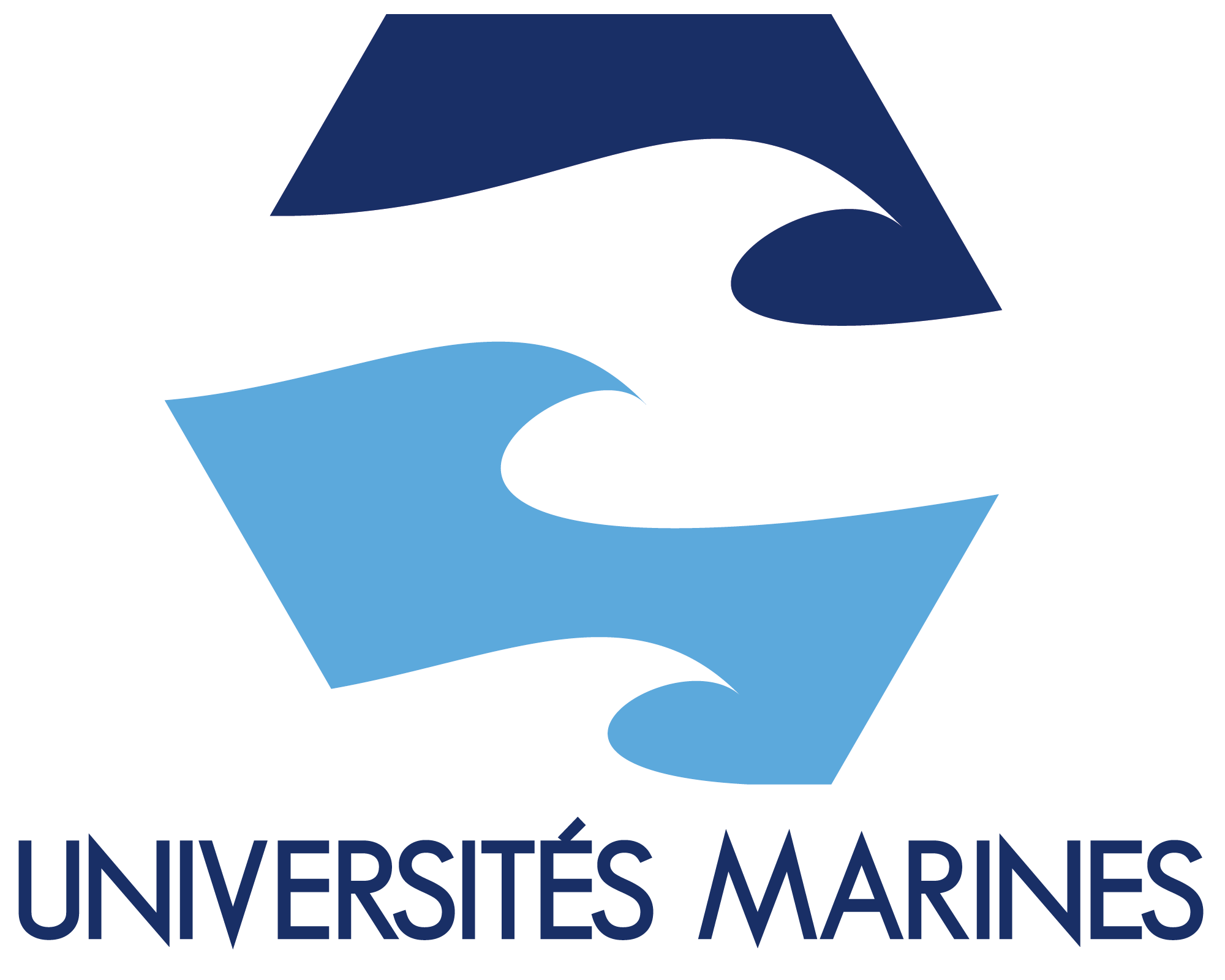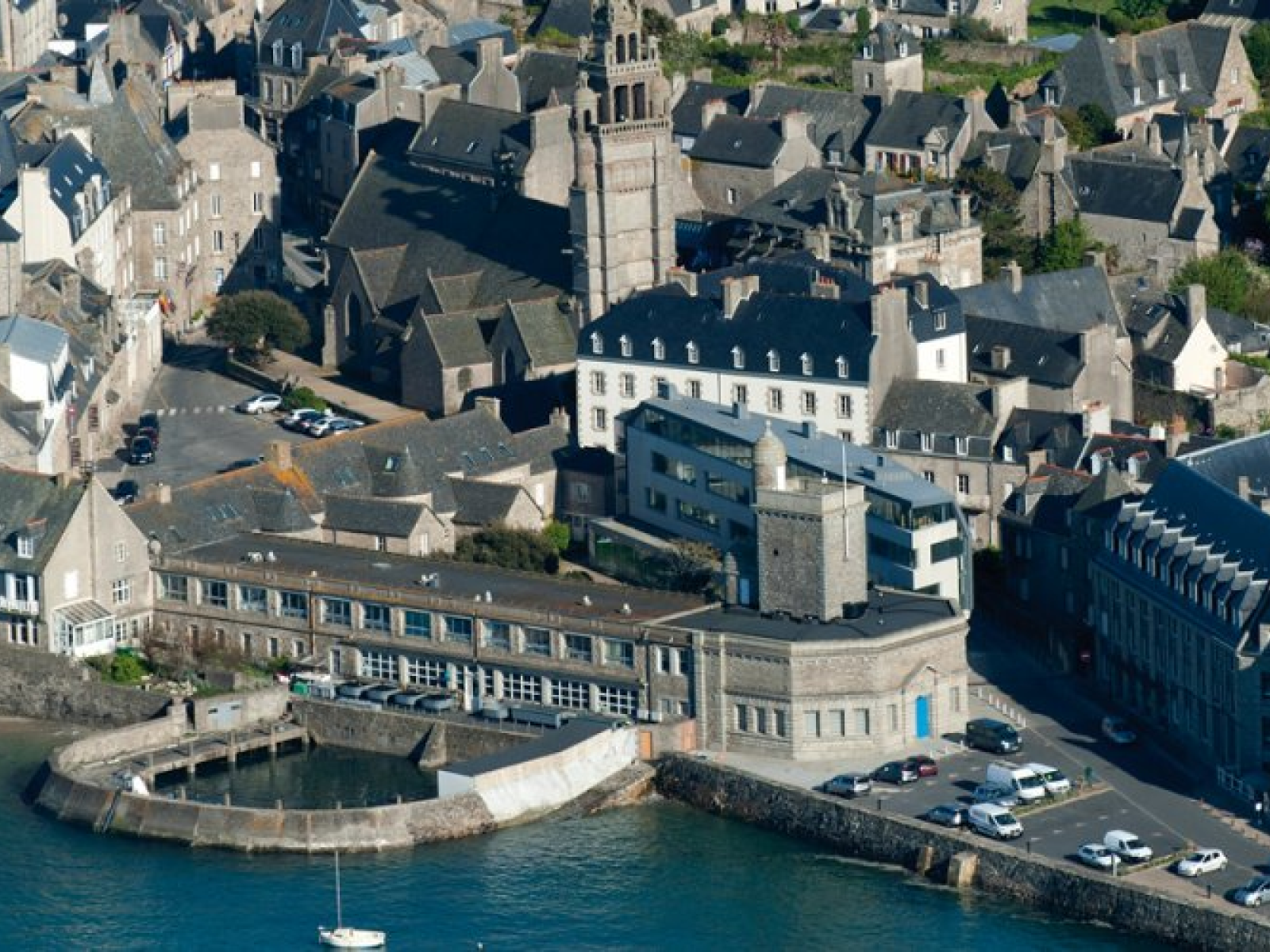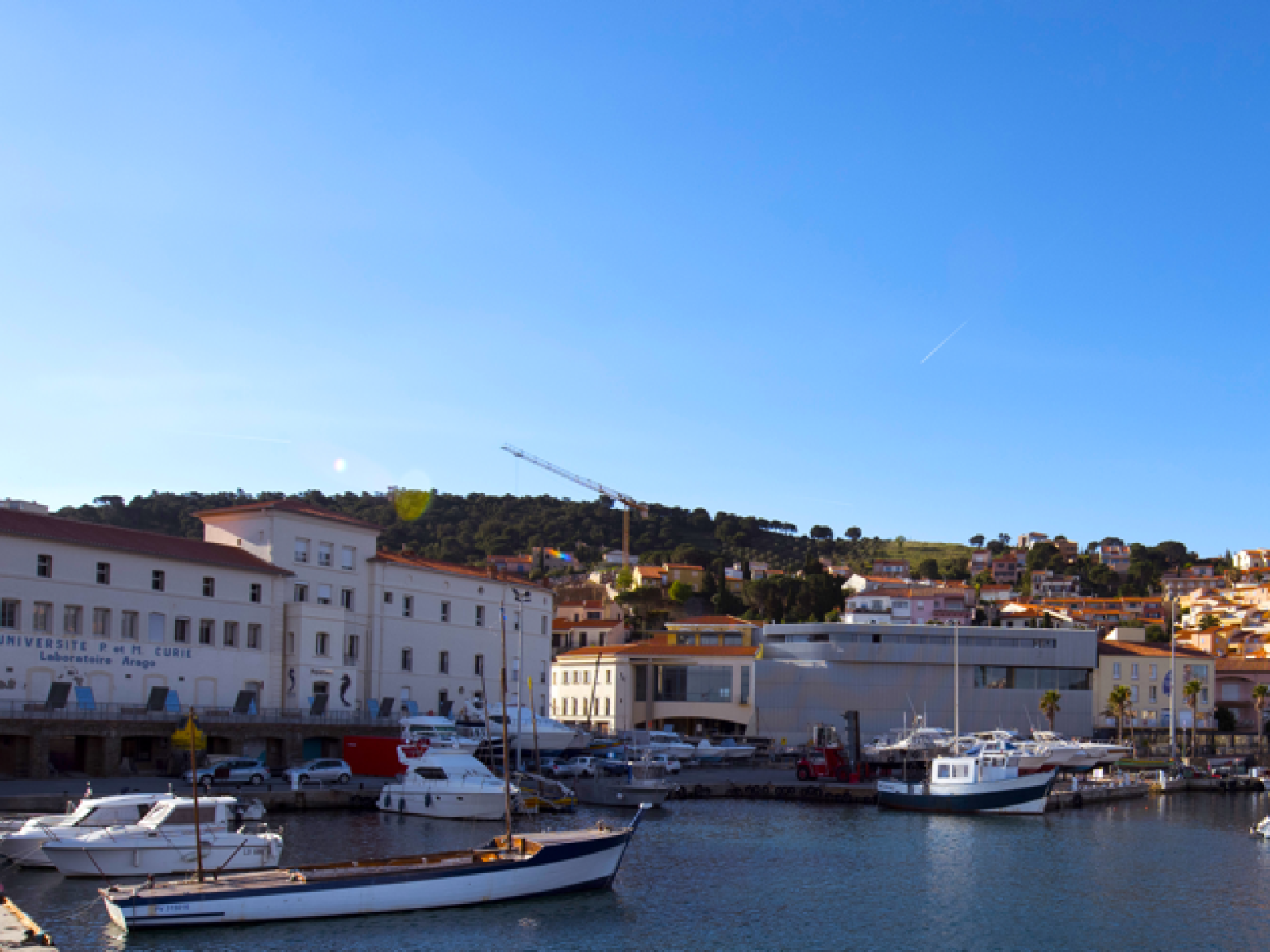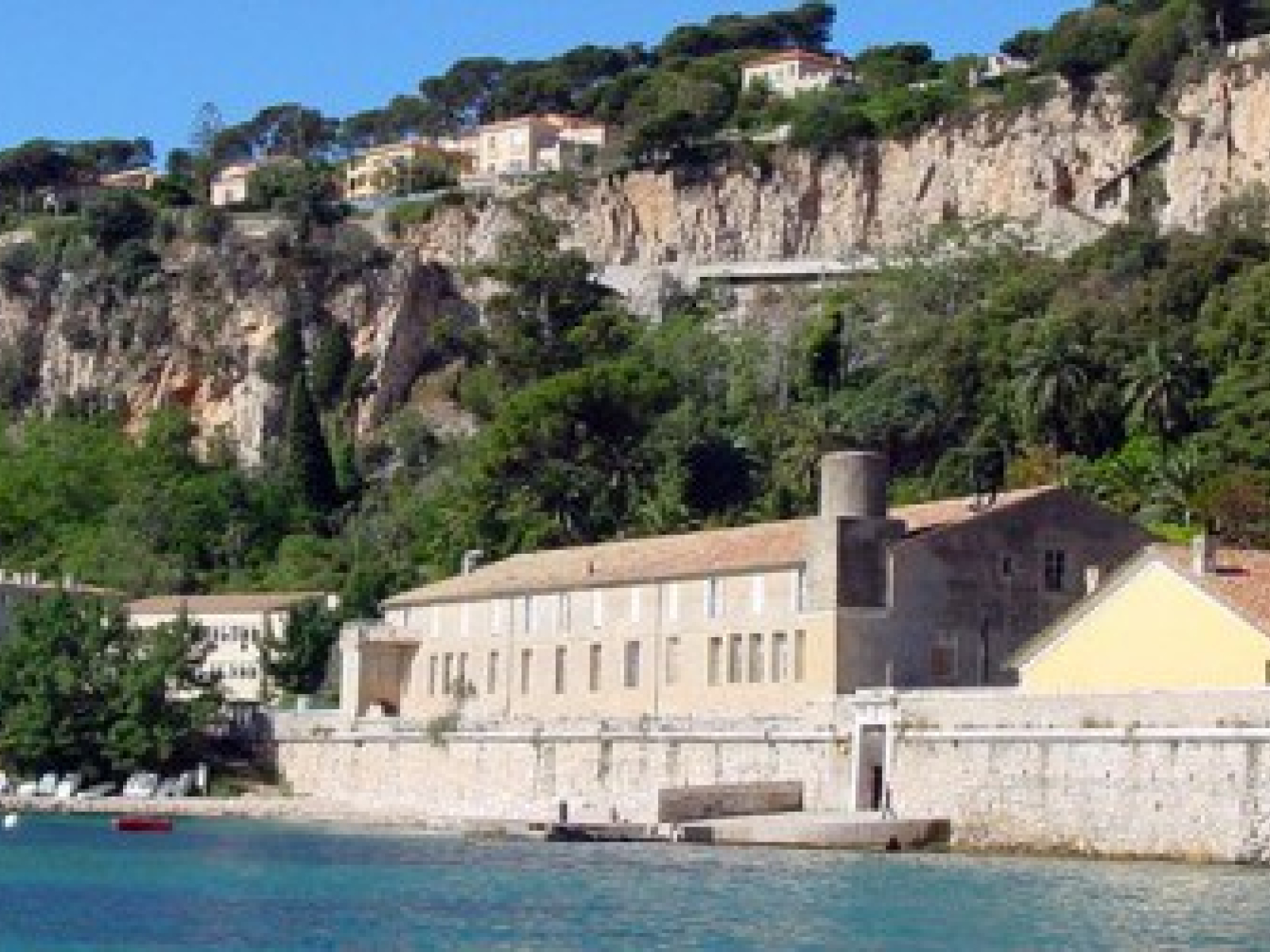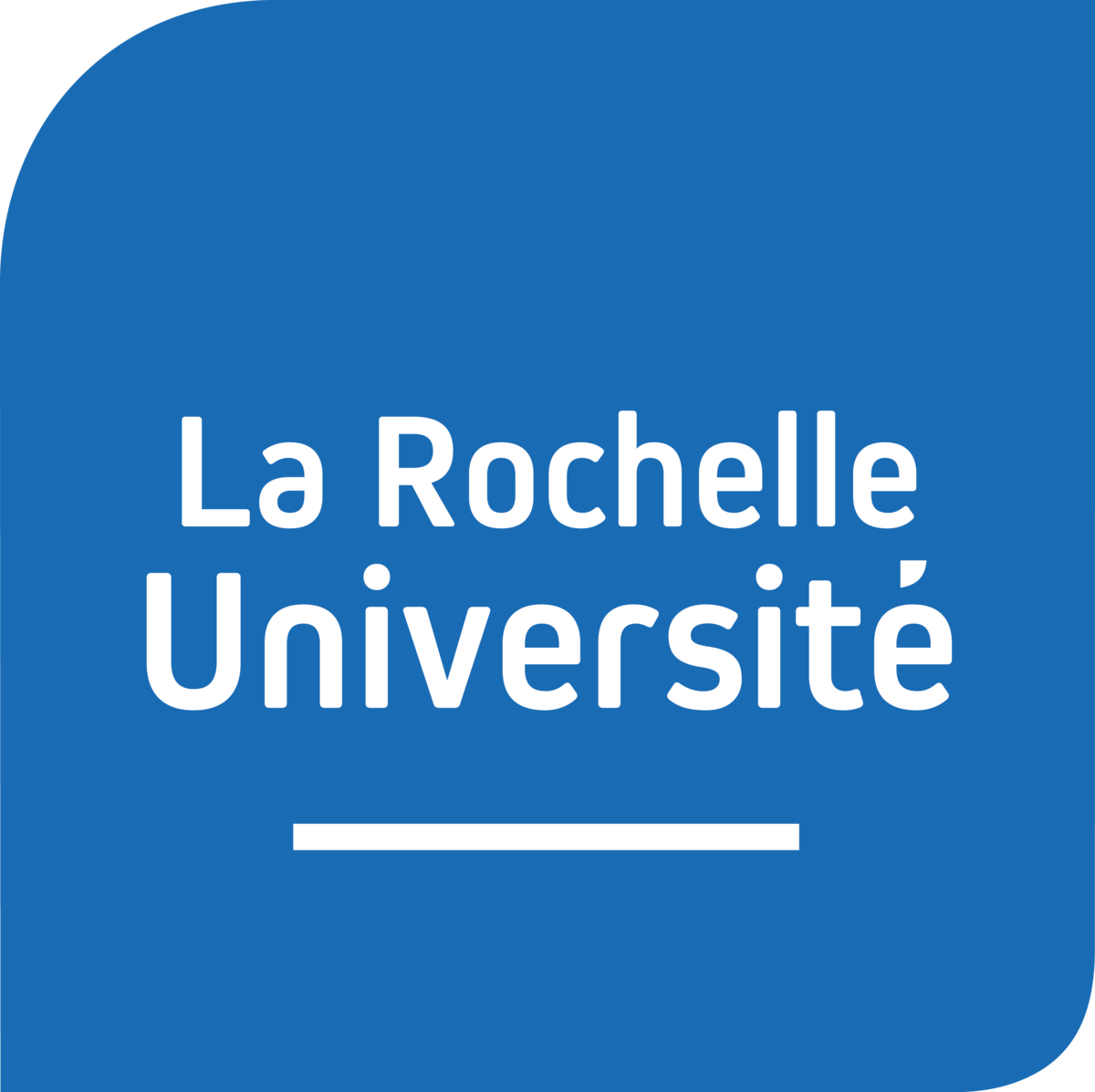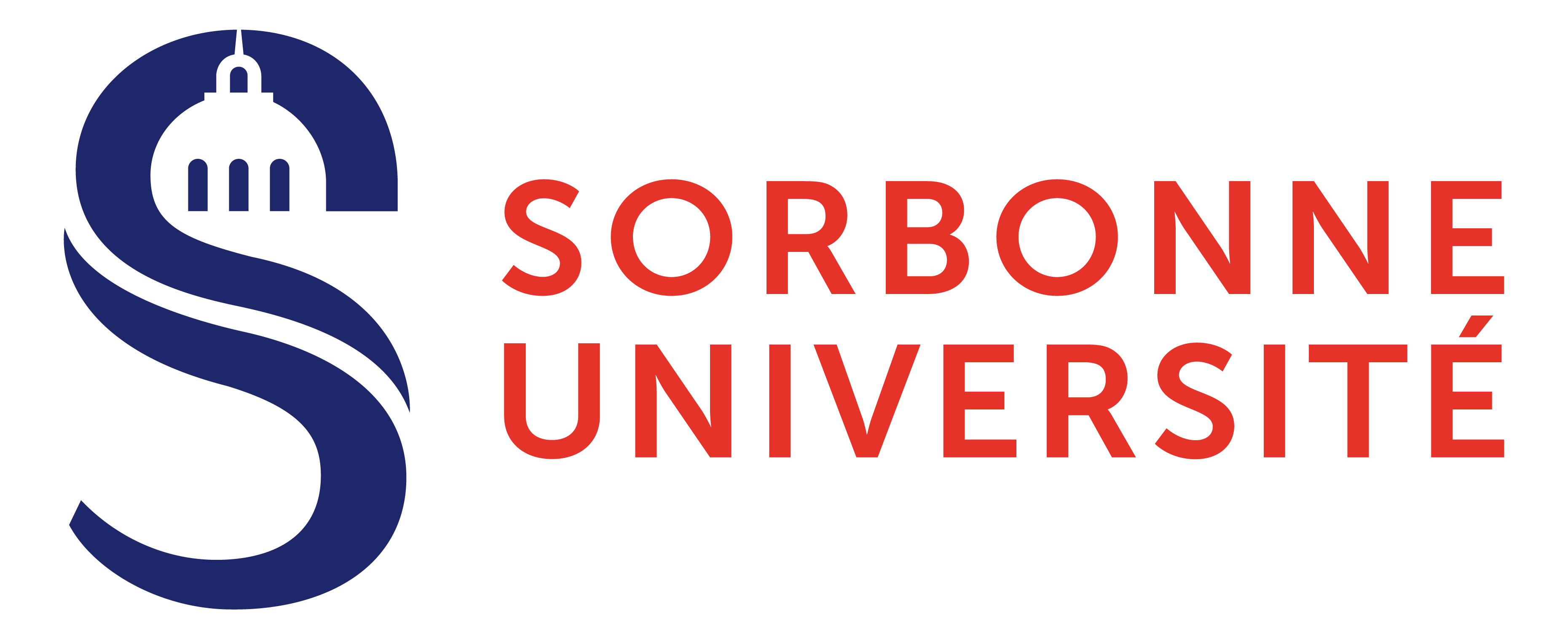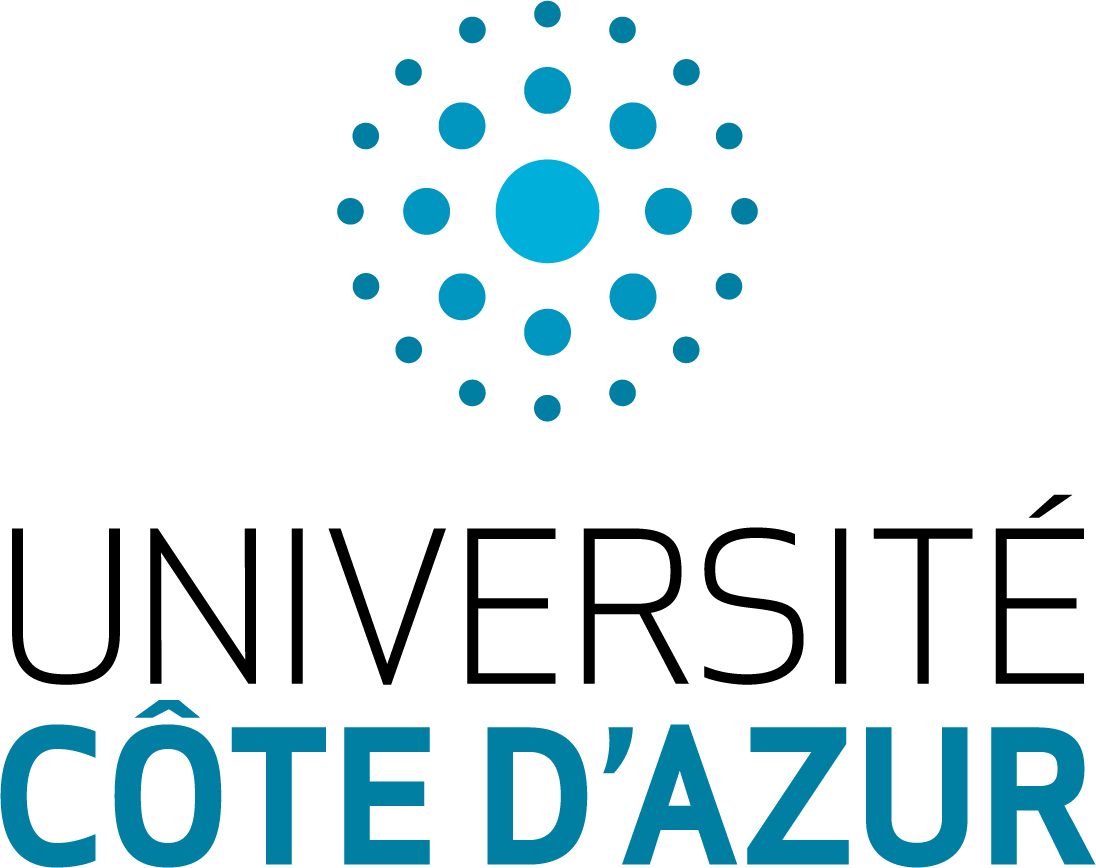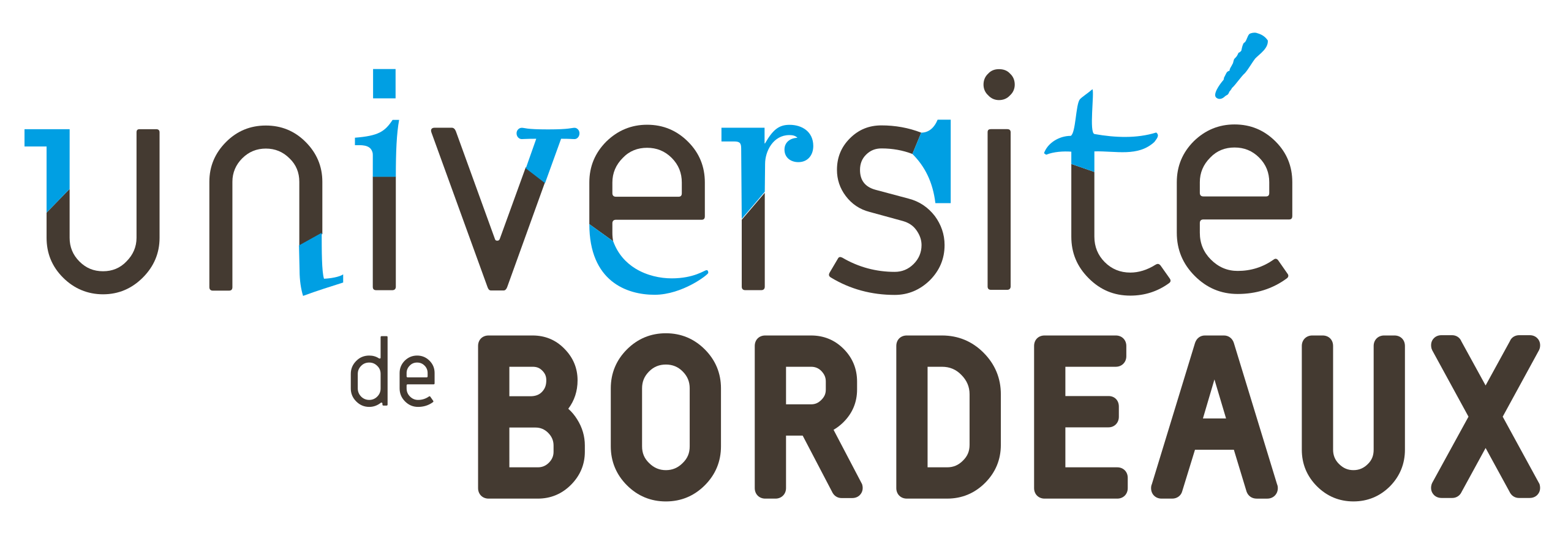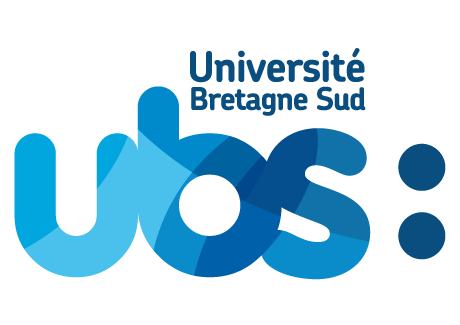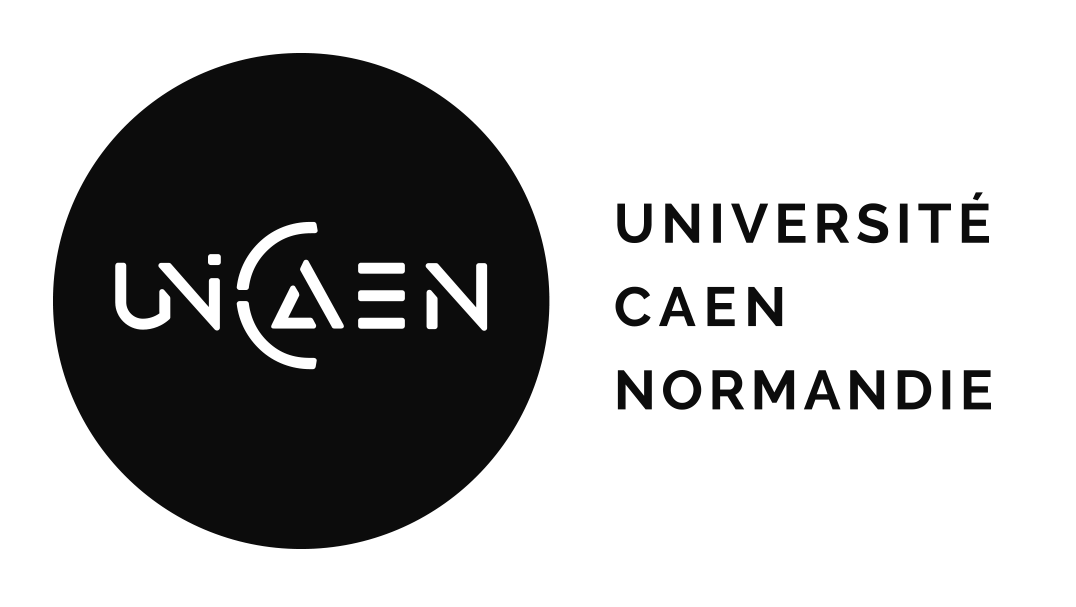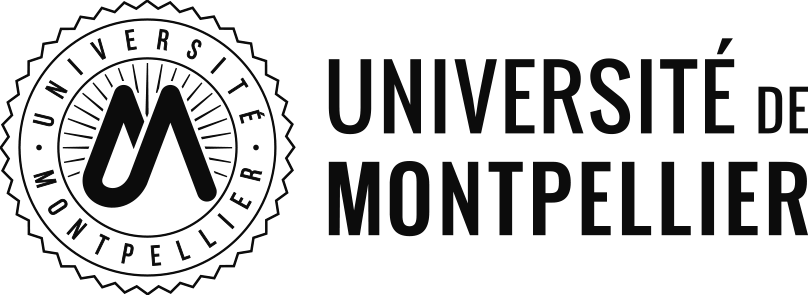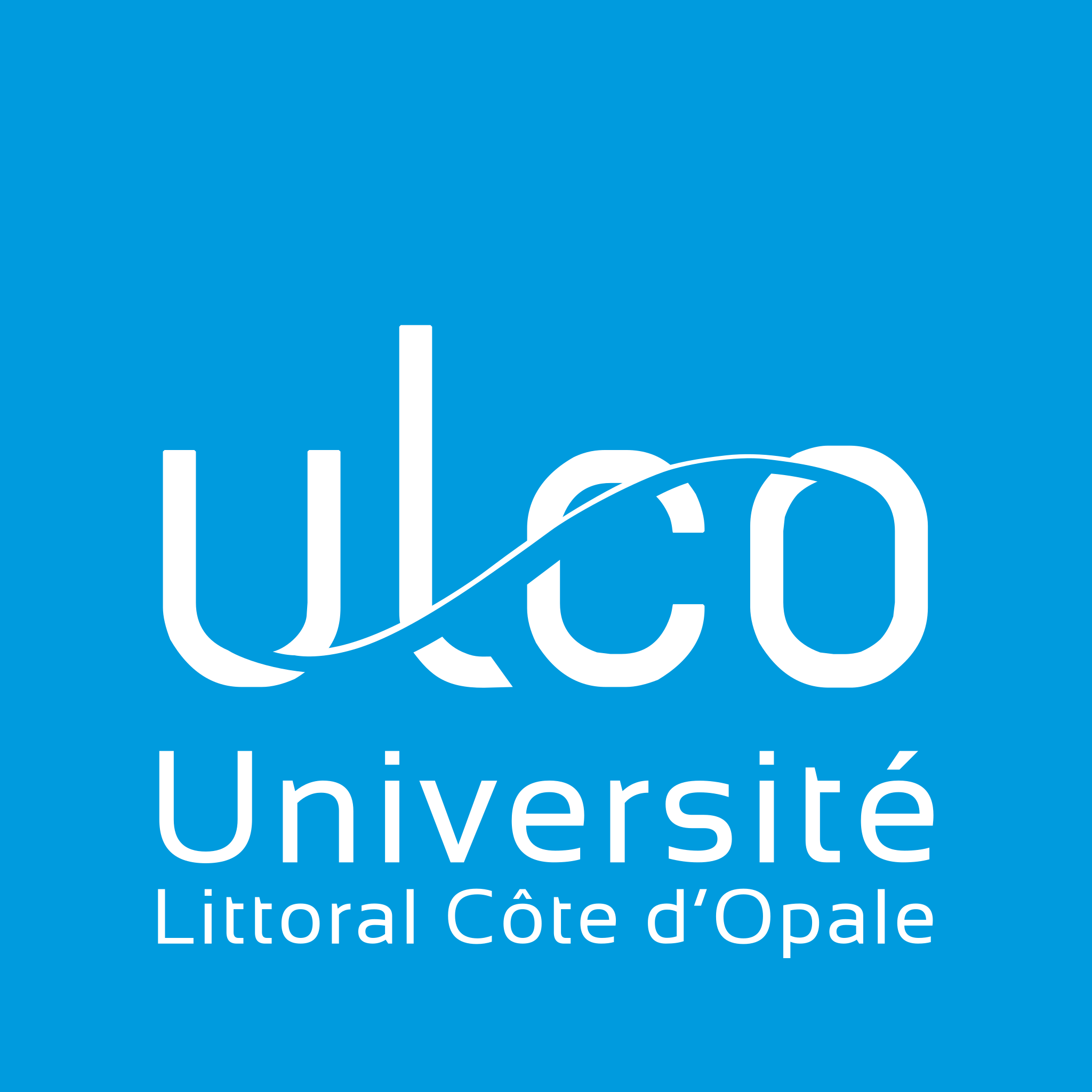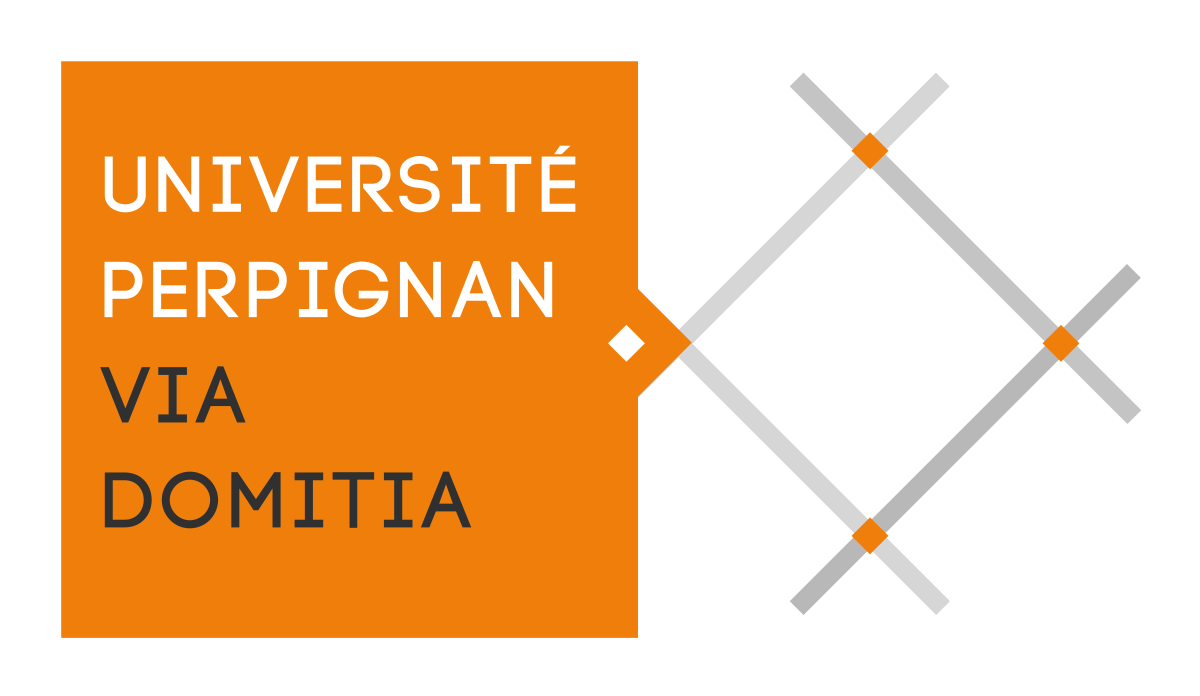Born in 2018 from the merger of the Pierre and Marie Curie and Paris-Sorbonne Universities, Sorbonne University is now a world-class multidisciplinary research-intensive university and a founding member of UDICE (a group of ten French universities working for research excellence).
Structured in three faculties, it covers the fields of literature, medicine and science. Anchored in the heart of Paris but also present in the regions, Sorbonne University is committed to the success of its student community. It is committed to responding to major societal issues and to transmitting the knowledge generated by its laboratories and research teams, the vast majority of which are affiliated with a national research organization (CNRS, INSERM, INRAe, etc.). With its 52,000 students, 6,400 teaching and research staff and 3,900 administrative and technical staff, Sorbonne University is diverse, creative, innovative and open to the world. With the Muséum national d'Histoire naturelle, the Université de Technologie de Compiègne, INSEAD, the Pôle Supérieur Paris Boulogne-Billancourt and France Education International, it forms the Alliance Sorbonne Université, which favors a global approach to teaching and research, promotes access to knowledge, and develops training programs and projects. Sorbonne University is also a member of the 4EU+ Alliance, an innovative model of European university.
Although mainly located in Paris, it also includes three marine stations in Banyuls, Roscoff and Villefranche and the work of its marine laboratories has made it the third largest oceanographic laboratory in the world (and the largest in Europe) in the Shanghai ranking.
Training.
In addition to the Master's degrees in Marine Sciences and Ocean, Atmosphere and Climate Sciences, many other Master's courses offer the opportunity to develop knowledge and skills in the marine field. As early as the Bachelor's degree, or during the summer, Sorbonne University opens options in its Marine Stations to discover all the riches of the Channel or the Mediterranean. There are also numerous opportunities to develop your studies abroad, notably with the IMBRSEA international Master's program or the many partner universities around the world. And after the Master's degree, there are at least 5 doctoral schools that are likely to welcome marine thesis projects.
Although mainly located in Paris, it also includes three marine stations in Banyuls, Roscoff and Villefranche and the work of its marine laboratories has made it the third largest oceanographic laboratory in the world (and the largest in Europe) in the Shanghai ranking.
Research
Following its success in the Investment Programs for the Future (IDEX SUPER), the Sorbonne University Alliance has set up multidisciplinary institutes, including the Ocean Institute, in order to promote and develop a transversal approach to marine sciences in the broadest sense. In total, 1,500 teachers, researchers, engineers and technicians work on the oceans within the Sorbonne University Alliance in nearly 30 laboratories spread over 6 sites in 4 regions (Paris, of course, but also the marine stations of Dinard, Roscoff, Concarneau in Brittany, Banyuls in Occitania and Villefranche in the Provence-Alpes-Côte d'Azur region). Sorbonne University also hosts a European research infrastructure dedicated to marine biology and ecology, EMBRC, of which its 3 marine stations are part, thus offering a privileged access to marine organisms and ecosystems to the European community.
Observation.
Strongly involved in environmental sciences, Sorbonne University participates in ocean observation missions through the activities of two Observatories of the Sciences of the Universe (OSU) of the CNRS/INSU: EcceTerra and StaMar. In addition to the development of sensors and analytical tools to build up the time series essential to understanding the changes we are facing, the data collected are also used for numerous research projects.
4 Place Jussieu
75005 Paris
France
